I m new to MVC and will appreciate if you can clarify my question.
What is a model?
Is it just Poco class having fields/ properties, for example a Person class?
Or is a model a data structure having data in it, for example List<Person> or List<Users> ?
Or as per asp.net a working Model is a business layer or service layer, can have business rules, logic, validation and i can talk to other layers?
Thanks for your help and guiding me.
